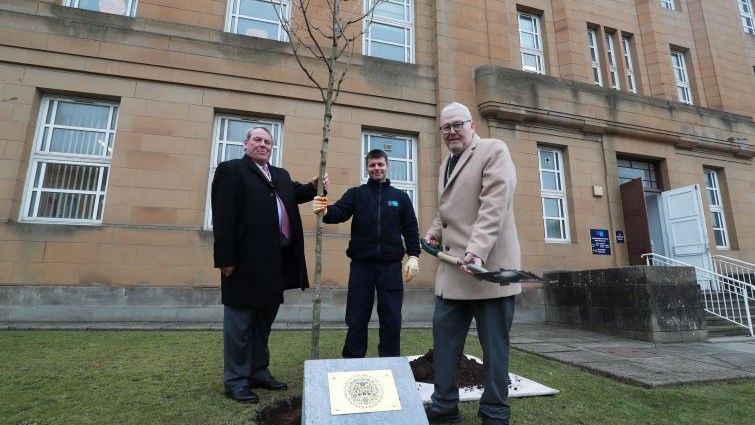New payment system for Duke Street Car Park
Published: Wednesday 27 April 2022

Drivers using Duke Street Multi-Storey Car Park, Hamilton will see a return to a ‘pay on foot’ system from Tuesday (3 May).
As a result, anyone parking there will now be able to pay at the end of their stay, rather than estimating in advance under the current pay and display operation.
The move comes in response to feedback from those who use it, and as part of a wider review of town centre parking focused on recovery from the pandemic.
Colin Park, Head of Roads and Transportation Services explained: “We have listened to what drivers and shoppers are telling us, and we believe that the change to pay on foot in Duke Street car park will benefit all users of the town centre and its businesses.
“Our aim in introducing this change is to give drivers greater flexibility on where and how long they can park, as our communities continue to look ahead beyond the Covid-19 pandemic.”
Duke Street Multi-Storey Car Park provides 614 parking spaces - including 39 for holders of blue badges and 14 electric vehicle charging points – as well as the park and ride facility for Hamilton Central Railway Station.
21 February 2025
Safety improvements to be made on A726
21 February 2025
Council objects to boundaries change for East Kilbride
20 February 2025
Free meals entitlement extended in primary schools
20 February 2025
Are you worried that an adult could be at risk of financial harm
19 February 2025
Council steps back from X social media platform
19 February 2025
Apply now for a garden waste permit
18 February 2025
Planting a fitting memorial to the King’s coronation
17 February 2025
Celebrating the impact of Family Support Hubs in South Lanarkshire
14 February 2025
Top award is won as young warriors battle waste
13 February 2025
Work underway to remove trees worst affected by ash die-back disease













